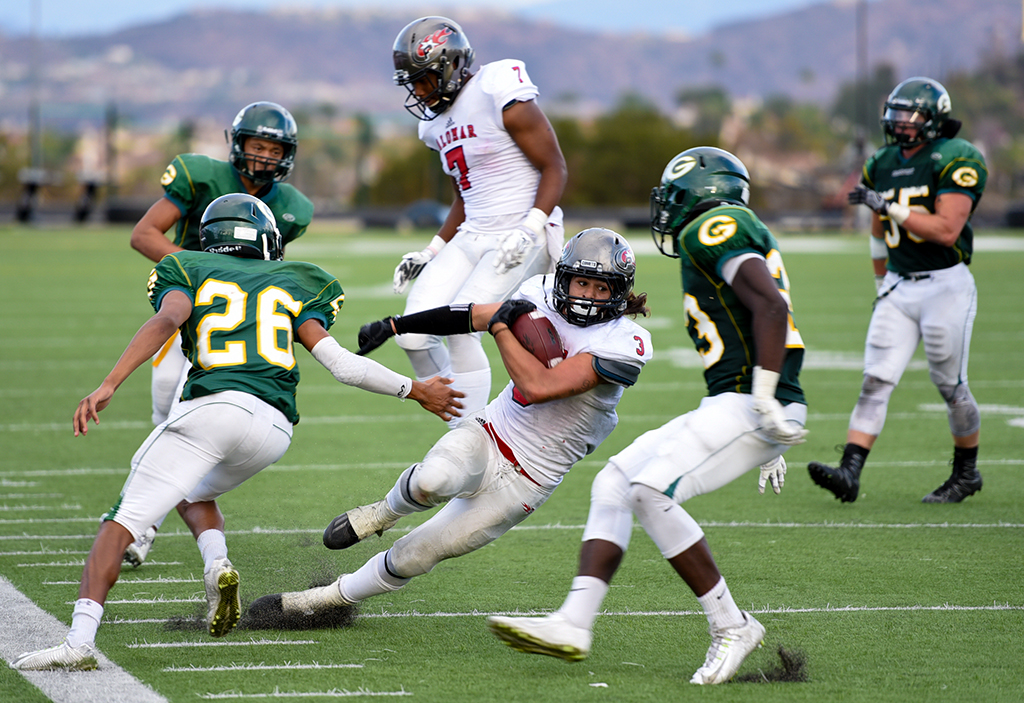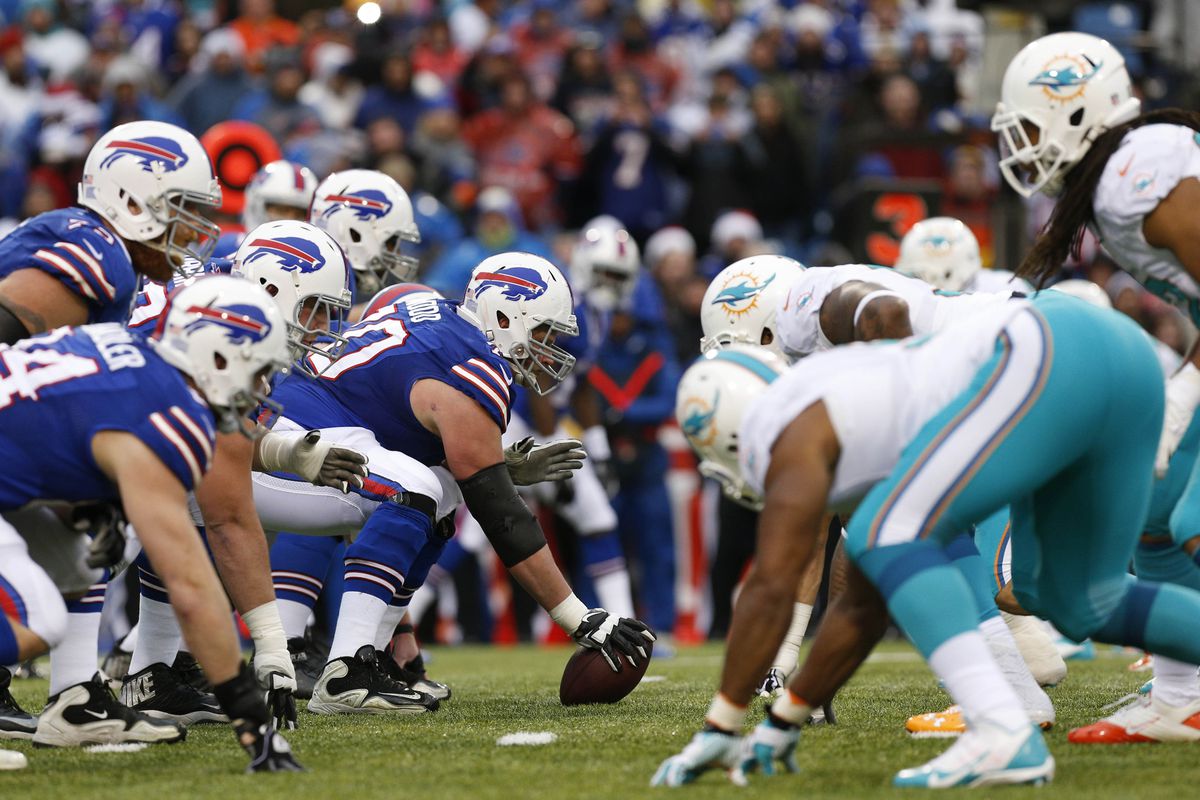I. Introduction

Understanding the origins of football (soccer) as a popular sport is significant for several reasons. Firstly, it provides insight into the historical development of a sport that is enjoyed by billions of people worldwide today. By tracing the roots of football, we can gain a deeper appreciation for the traditions, cultural influences, and societal factors that have shaped the game over time.
Additionally, studying the origins of football allows us to understand the evolution of sports in general. Football’s journey from ancient ball games to modern-day soccer reflects the broader evolution of physical activities that humans have engaged in for centuries. It highlights how a simple pastime can develop into a global phenomenon that transcends cultural boundaries.
Finally, exploring the origins of football can shed light on the social and economic impact of the sport. Football has become a significant industry, with professional leagues, sponsorship deals, and massive fan followings. By understanding its humble beginnings, we can better comprehend the far-reaching consequences of football’s development as a popular sport.
II. Evolution of Football: Tracing the Roots
A. Ancient Origins
The origins of football can be traced back to ancient civilizations, where various forms of ball games were played. In ancient Egypt, a game called “Harpastum” involved two teams competing to control a ball by any means necessary. Similarly, the Chinese played a game called “Cuju” that resembled modern-day football, with players kicking a ball into a net. Furthermore, ancient Greece had a ball game known as “Episkyros,” which involved passing and kicking a ball.
These ancient ball games laid the foundation for the development of football as we know it today. They demonstrate the universal appeal of kicking a ball and the competitive nature of team sports that have persisted throughout history.
B. Medieval Ball Games
During the medieval period in England, various ball games were played, often associated with religious festivals and community traditions. Two notable examples are Shrovetide football and Mob Football.
Shrovetide football, played during the pre-Lenten festival, involved teams from different villages competing against each other in a chaotic game that had few rules. It was a rough and tumble affair, with large numbers of participants and no clear boundaries.
Mob Football, on the other hand, was a game played between rival factions within a town or village. The objective was to move a ball towards a designated area, often a church or a market square, using any means necessary. This often led to violent clashes between opposing teams, and the game was seen as a way to resolve conflicts between different factions.
These medieval ball games highlight the influence of folk traditions on the development of early football. They were characterized by intense physicality, local rivalries, and a lack of clear rules, setting the stage for the later evolution of the sport.
III. The Birth of Modern Football (Soccer)

A. Public Schools Influence
The development of modern football can be largely attributed to the influence of British public schools in the 18th and 19th centuries. These schools played a crucial role in shaping the sport’s rules and organizing structured competitions.
Eton College and Harrow School were particularly influential in defining early football. They developed their own versions of the game, characterized by a combination of kicking and handling the ball, which would eventually serve as a foundation for the standardized rules.
The public school system also popularized the idea of organized teams, with students representing their schools in friendly matches. This concept of organized teams competing against each other laid the groundwork for the formation of football clubs and leagues in the future.
B. Cambridge University Rules
In 1848, students at Cambridge University came together to form the Cambridge Rules, a set of standardized rules for football. These rules emphasized the use of feet to move the ball and banned the use of hands, marking a significant departure from the earlier forms of the game that allowed greater use of hands.
The Cambridge Rules were influential in promoting a standard set of regulations for football. They were adopted by several football clubs and played a pivotal role in establishing consistency across different games.
C. Founding of the Football Association (FA)
The year 1863 marked a turning point in the history of football with the establishment of the Football Association (FA) in England. The FA was formed as the governing body for football (soccer) and was responsible for setting rules, organizing competitions, and promoting the sport.
Ebenezer Cobb Morley, an English sportsman, played a key role in shaping the FA’s policies. He became the FA’s first secretary and was instrumental in formalizing the rules of the game. Morley’s contributions, such as defining the dimensions of the field and outlining the role of referees, laid the foundation for the modern structure of football.
D. International Spread of Football
Following its establishment in England, football quickly spread to other countries. Scotland was one of the earliest adopters, with the first official international football match taking place between Scotland and England in 1872.
As the popularity of football grew, national football associations were formed in different countries to govern the sport. These associations, such as the Scottish Football Association and the French Football Federation, played a vital role in shaping the rules and promoting organized competitions within their respective nations.
IV. Controversies and Disputed Claims
A. Debates over the true inventor of football (soccer)

- Claims of historical antecedents in various cultures and regions:
Several civilizations have laid claim to inventing football, with records of ball games resembling the sport found in different parts of the world. - Difficulties in attributing the invention of modern football (soccer) to an individual:
The complex evolution of football makes it challenging to pinpoint a single inventor, as the game developed gradually through collective efforts and shared influences.
B. Key Figures and Contributions
- Notable individuals who played significant roles in the development of football (soccer), such as Charles W. Alcock and Jules Rimet:
Throughout history, several individuals have made noteworthy contributions to the advancement and promotion of football, both on and off the field. - Recognizing the collective effort and shared influences in the evolution of the game:
Football’s evolution was a collective effort involving numerous individuals, institutions, and countries. Acknowledging this collaborative process helps to appreciate the diverse contributions that shaped the sport.
V. Conclusion
Understanding the origins and evolution of football goes beyond the mere tracing of historical events. It involves unraveling the complex web of influences, controversies, and collective efforts that have shaped the sport into what it is today – a universal language, a symbol of unity, and a source of joy for billions of people worldwide.


